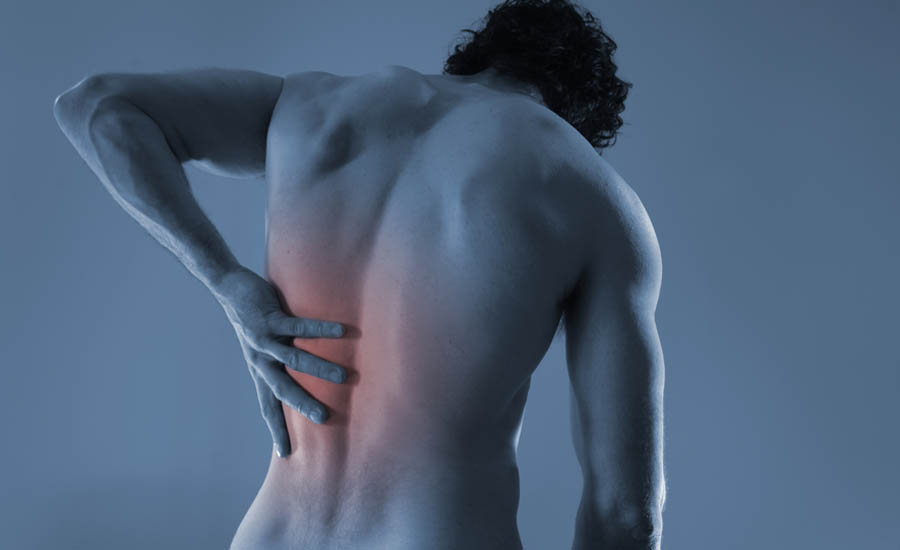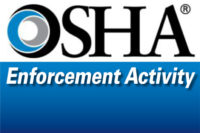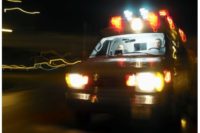United Airlines baggage handlers will get some protection from ergonomic hazards in the workplace, under what the U.S. Department of Labor is calling “a precedent-setting agreement” with the airline.
The agreement settles a lawsuit filed by the department on behalf of OSHA to eliminate several hazardous conditions its inspectors identified in United's baggage-handling operation at Newark Liberty International Airport, where United baggage handlers reported at least 622 musculoskeletal injuries from 2011 to January 2015.
What inspectors found
During an inspection of the Newark facility, OSHA found five hazardous activities and conditions in United's baggage-handling operations that contributed to the high rate of injuries:
- Employees exposed to repeated bending, lifting and reaching hazards due to the presence of tubular bollards in front of conveyor belts.
- The use of dual-tier conveyor belts to transport baggage in the outbound baggage room that required employees to bend over or reach overhead to access and lift baggage.
- Manually loading and unloading gate-checked baggage at passenger jet bridges in the regional terminal.
- The use of hand-held scanners at the cargo bay entrance that exposed employees to the hazards of repeated twisting, pushing, pulling and lateral motions with the arm extended from the body.
- Prolonged loading and unloading of baggage in confined areas of the aircraft cargo bay.
"We are pleased that United Airlines has recognized that employers have a responsibility to protect workers from the many hazards that can cause musculoskeletal injuries," said Robert Kulick, OSHA regional administrator in New York. "With this agreement, United will take the steps necessary to prevent its employees from suffering unnecessary injuries due to its deficient baggage-handling operation."
What the company will change
In the settlement, United Airlines agreed to install mechanical conveyor belts on the passenger jet bridges located throughout its regional terminal. Mechanical conveyors will reduce employee exposure to known hazards by eliminating the need for the handlers to lift and lower passenger luggage to and from the jet bridges manually. The company will also retain a qualified expert to perform an evaluation of potential repetitive stress or injury risks in baggage-handling operations at Newark Liberty and to make recommendations to improve worker safety there. Additionally, the airline must adopt the expert's recommendations or similar measures to reduce the risk of repetitive stress injury, and form a dedicated safety committee comprised of the expert, as well as both management and employee representatives from the airline.
United Airlines has 90 days to complete the evaluation and must implement all recommendations within two years of the settlement agreement. The agreement gives OSHA authority to monitor the evaluation and abatement implementation process.



